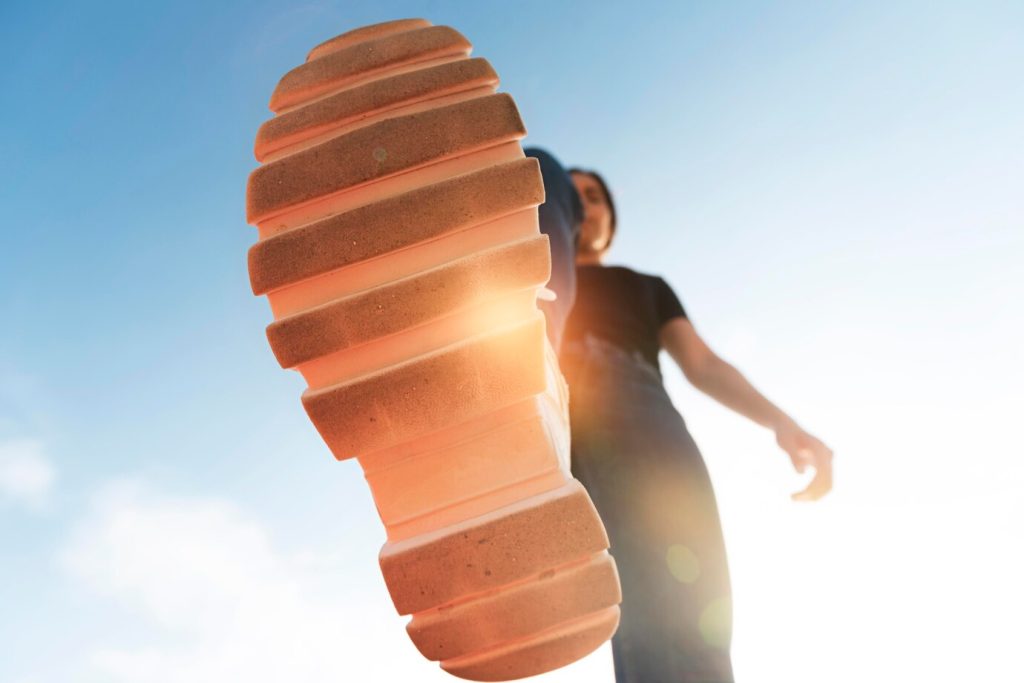Get healthier simply by walking more.
When you think of exercise, you might imagine intense cardio workouts like running or sweating it out in a Zumba class. However, here’s a surprising fact: Walking, one of the simplest and most underrated exercises, could be the key to better overall health.
The Risks of Sitting
“Back in the day, physical activity was naturally woven into daily life, from work tasks to everyday chores. People took enough steps throughout the day to counteract the negative effects of sitting too much,” explains Dr. Ronesh Sinha, an internal medicine doctor at Sutter. Today, many of us have desk jobs and rely on cars or public transport to get around, leading to a more sedentary lifestyle that takes a toll on our health.
Sitting too much can contribute to weight gain, which then sparks inflammation—an underlying cause of chronic diseases like heart disease, cancer, and Alzheimer’s disease. If you have a desk job, it’s easy to fall short of the recommended amount of daily physical activity. That’s why the federal guidelines suggest 4-5 hours of moderate exercise each week.
But Dr. Sinha emphasizes that non-exercise activities, such as walking, climbing stairs, or even bending to pick things up, have a significant impact on your health. “It’s unfortunate that we now need a special term for these movements—Non-Exercise Physical Activity (NEPA)—and have to consciously work to restore these activities into our modern sedentary lives,” he says.
Walking Benefits
In countries with the longest life expectancies, you won’t find people spending hours in high-intensity workouts. Instead, they focus on simple activities like walking, standing, bending, and squatting—often outdoors. Dr. Sinha points out that studies have shown walking can help:
-
Boost immunity
-
Increase lifespan
-
Lower blood sugar and triglycerides after meals
-
Reduce body fat
-
Prevent falls in older adults
-
Reduce stress
-
Alleviate inflammation
Tips to Get Walking
Before heading out, keep these tips in mind for a safer and more effective walk:
-
Wear the Right Shoes: Properly fitting shoes with sturdy heels and comfy insoles are essential for preventing injuries to your feet, legs, and back.
-
Dress Smart: Choose comfortable, breathable clothes that allow sweat to evaporate (but avoid overly loose clothing that could cause chafing). If walking at night, wear bright colors or reflective gear for visibility.
-
Bring a Walking Buddy: If you enjoy companionship, ask a friend to join you for a walk. You’ll keep a steady pace while enjoying a conversation.
-
Warm Up: Start with a 3-5 minute slow walk to warm up your muscles before increasing your pace.
-
Don’t Overdo It: If you’re just starting, keep your walk short. As you build stamina, you can extend your route or increase your intensity.
-
Stay Hydrated: Carry a water bottle or use a hydration pack to keep fluids replenished during your walk.
-
Cool Down: Gradually slow your pace for the last 5 minutes to help your heart and muscles relax after a brisk walk.
Prioritize Daily Movement
Once you’ve established a routine of walking more each day, try adding cardio and weight training to the mix. But remember, Dr. Sinha advises that walking should not be replaced by more intense exercise. Studies show that prolonged sitting doubles the risk of diabetes, heart disease, and early death—even if you’re getting regular moderate-to-vigorous exercise.
You can track your activity with a pedometer or fitness tracker. Dr. Sinha suggests that the minimum goal is 5,000 steps a day, but aiming for 8,000 to 10,000 steps is even better. A 20-minute walk during lunch can go a long way toward improving your health.
Even athletes can benefit from NEPA. “If you’re an endurance runner or triathlete, consider switching your running shoes for walking shoes occasionally,” says Dr. Sinha. “Your endurance goals are important, but for most of us, the ultimate achievement is long-term health and longevity, which requires regular non-exercise activity.”
By making small, consistent changes in your daily movement, you’ll not only feel better now, but you’ll also support your health for the long term. Get walking and make NEPA a priority for better health and longevity!

